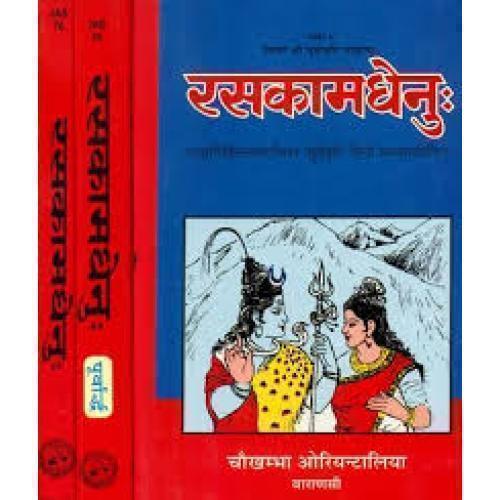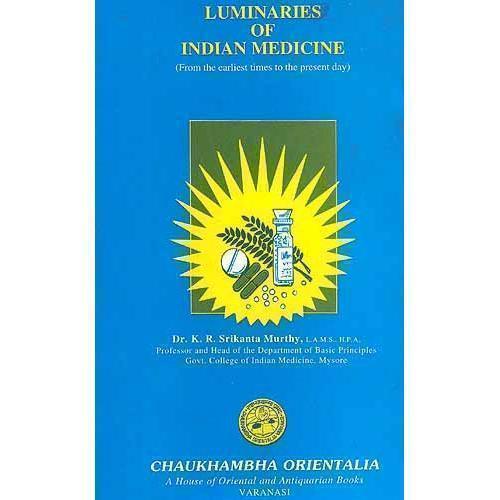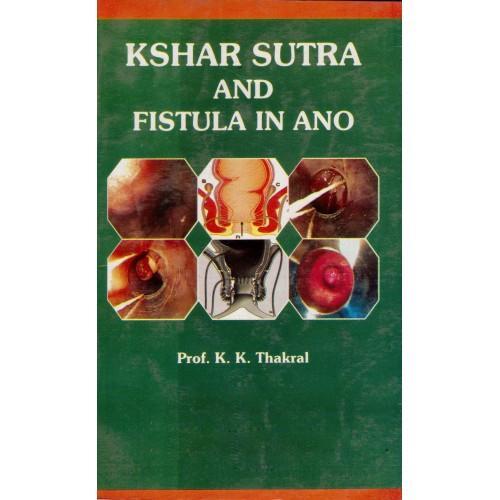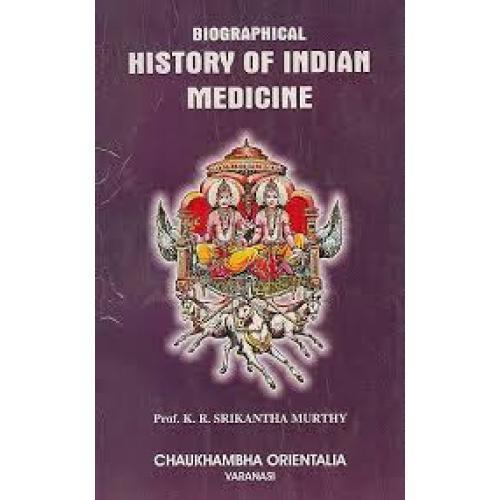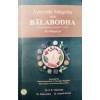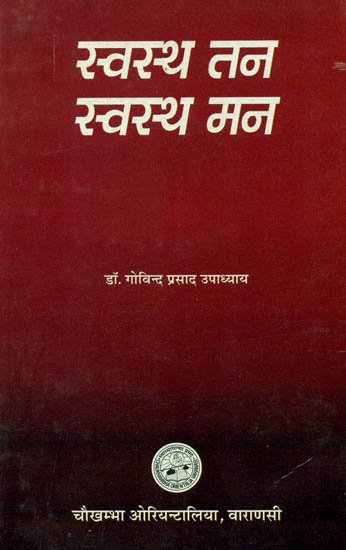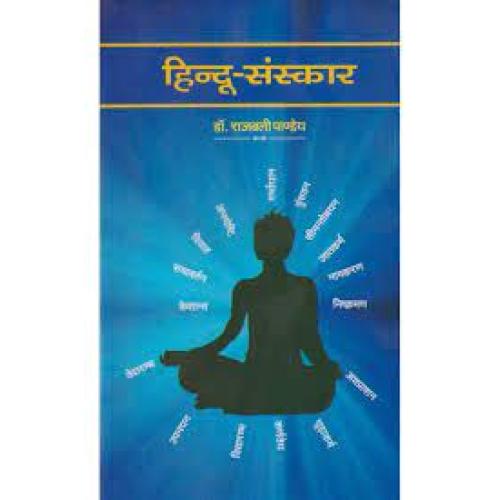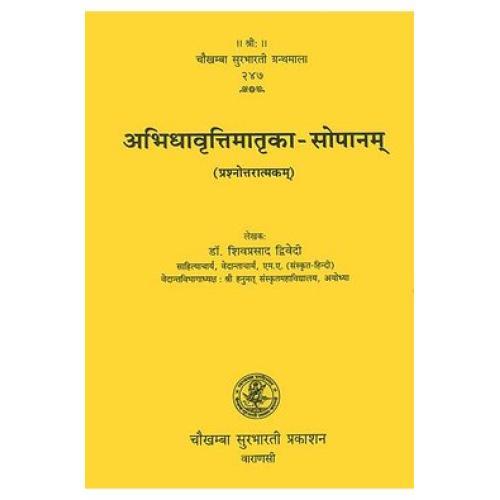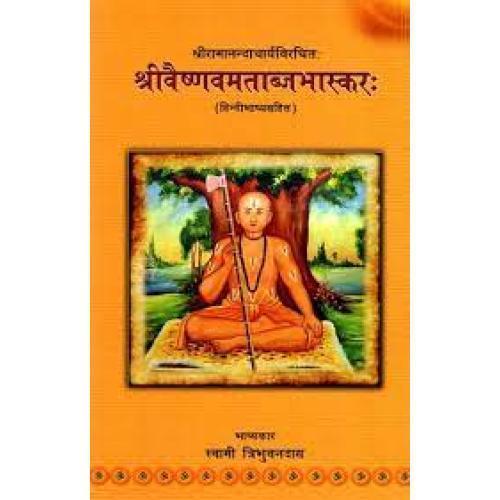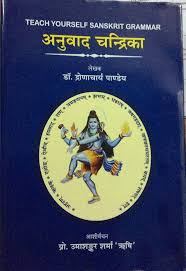Choudhary's Encyclopedic Dictionary of Ayurveda: Epistemological Analysis of Ayurvedic Terminology (In 3 Parts) आयुर्वेदीय शब्द- परिभाषा कोशः
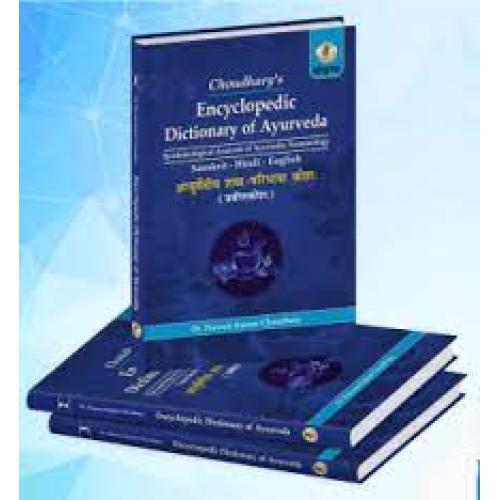

Choudhary's Encyclopedic Dictionary of Ayurveda: Epistemological Analysis of Ayurvedic Terminology (In 3 Parts) आयुर्वेदीय शब्द- परिभाषा कोशः
Product Code :CAG
Author : Dr. Praveen Kumar Choudhary
ISBN : 9789394829343
Bound : Paperback
Publishing Date : 2023
Publisher : Chaukhamba Surbharati prakashan
Pages : 2465
Language : English, Hindi, Sanskrit
Length: 0 cm
Width : 0 cm
Height : 0 cm
Weight : 0 gm
Availability : 9
The idea to compile the Ayurveda Encyclopaedia is that every stakeholder of Ayurveda should be well aware about the origin, definition and correlation of standardized Ayurvedic terminology. In this era of globalisation of Ayurveda, the scientific explanation and validation of Ayurveda and its principles is utmost important. As you know, that terminology is the fundamental base of any science; in fact, it is the soul of scripture. If exact meaning of a word or term is not known, it is futile to read a scripture. The basic terminology of Ayurveda is mentioned in Sanskrit and it is vividly
Ayurveda is a subdivision of Atharvaveda. Some scholars have also enumerated it as fifth Veda. After the origin of human beings, the sages after realizing the discomfort of human beings organized a symposium in the region of Himalayas. These sages discussed the modalities for the treatment of the disorders of suffering humanity. As you know that Ayurveda is divided into two streams; one is medicinal and other is surgical known as Atreya and Dhanvantari sect respectively. These two sects have been doing service to the mankindsince inception of Ayurveda.
Ayurveda was initially propounded by Brahma and laterincarnatedon earth by sage Atreya and Dhanvantarithrough divine sages Prajapati, Ashvinikumar and Indra. It has been mentioned in Sushruta Samhita that Brahma created a treatise on Ayurveda containing one thousand chapters and one lakh verses. But later the number of chapter and verses were reduced and established as Ayurveda on this earth. Ayurveda came into existence on the earth as eight branch science. Many treatise have been written on Ayurveda and many other scholars wrote compilations and commentaries. The basic treatise of Ayurveda in current era are Charakasamhita and Sushrutasamhita. The Ashtangasangraha and Ashtangahridayawritten by Vagbhata are the compilations of both of these treatise. Ashtangahridaya is a short and verse version of Ashtangasangraha. Ashtangahridaya has been the most practiced treatise of Ayurveda being easy to understand. Maximum commentaries have been written on this treatise.
The development of Ayurveda is the result of continuing research and hard work of our sages for centuries altogether. As you know that Indian literature has evolved over the years by word to word lineage of sages. The preceptor used to give the knowledge to his disciples and the tradition in this way carried the knowledge in the world. The written documentation of Vedas was first done by Vedavyasa in the form of four major books and later many treatise have been written based on the knowledge of these four Vedas. Upanishad, brahmana, purana, smiriti etc. were written and all of these are based upon the knowledge from the Vedas.
The original propounder of Ayurveda was Brahma. Agnivesha and Sushruta wrote two important Samhitas on medicine and surgical discipline named Charakasamhita and Sushrutasamhita. The knowledge of Ayurveda carried on earth through Prajapati, Ashwini Kumar, Indra. Indra then gave knowledge to Atreya and Dhanvantari who passed it to Agnivesha and Sushruta. Agniveshatantra was redacted by Charaka and the book is named as Charakasamhita. In the same way, the treatise redacted by Sushruta is named as Sushrutasamhita. These treatise again edited by Dhridhbala and Chandrata and these current treatises have many commentaries whom we actually read nowadays. These commentaries have been the basis of research and teaching in Ayurveda for centuries altogether.
The golden period of Ayurveda has scattered from one thousand BC to eleventh century AD. During the period, many treatises, compilations and commentaries have been written and preserved. It is very important to know that even after multiple attacks on India by foreign invaders, our forefathers did ample efforts to preserve the precious knowledge in the form of writings on leaves and metal pieces. Scholars continued writing commentaries on treatise to make the knowledge accessible to general people.
SubCategory Related products
Category Related products
Shri Vaishnava Matabja Bhaskara of Shri Ramanand Acharyaश्रीवैष्णवमताब्जभास्कर:
20 %

